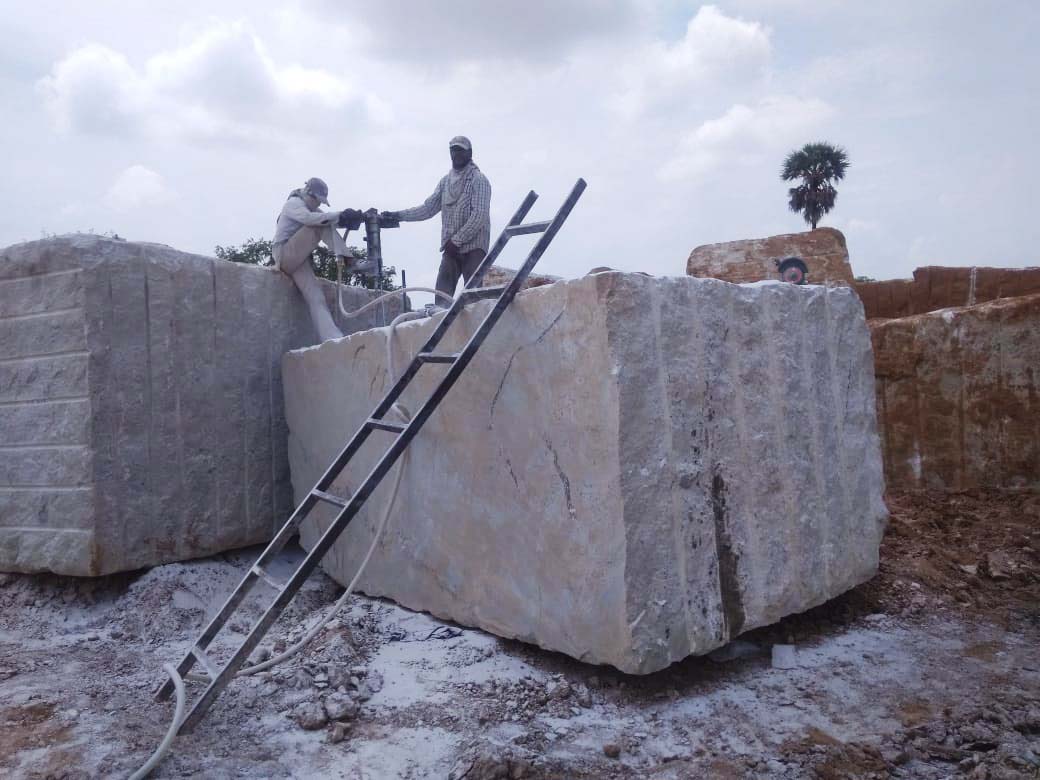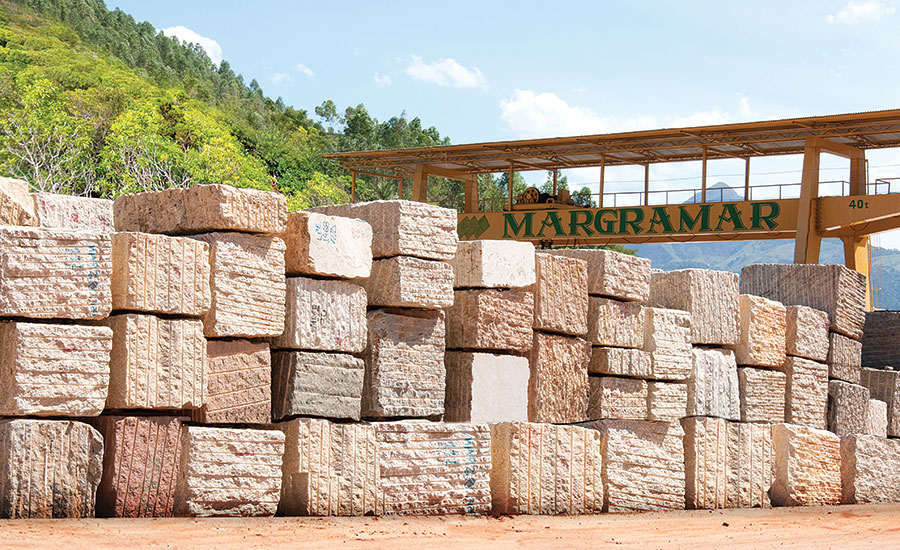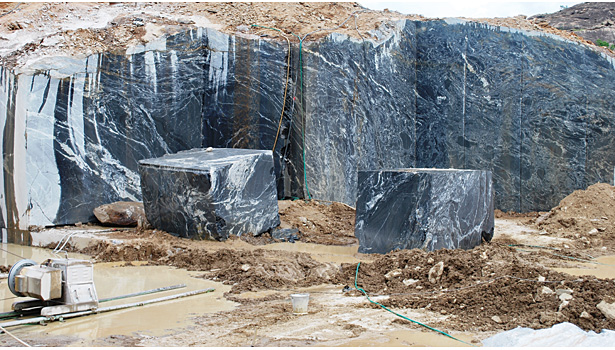Opening All-natural Prizes: Granite Quarries in South Africa Introduced
Opening All-natural Prizes: Granite Quarries in South Africa Introduced
Blog Article
Unveiling the Mysteries of Granite Quarrying: Where Stamina and Elegance Meet
The globe of granite quarrying is a world where the raw toughness of nature assembles with human creativity to create frameworks that stand the test of time with an air of elegance. From the midsts of quarries to the careful polishing in workshops, the procedure of transforming granite right into architectural wonders is a complicated dance of custom and innovation. As we peer right into the midsts of this ancient craft, we start to uncover the covert ins and outs that shape the really essence of our developed atmosphere.
The Origins of Granite Quarrying
In the record of architectural history, the beginnings of granite quarrying are shrouded in a tapestry of ancient craftsmanship and geological wonders. Dating back to ancient Egypt and Mesopotamia, the removal of granite from quarries marked the start of a journey that would at some point bring about the production of several of the globe's most iconic structures.
Granite quarrying's roots can be traced to the skilled artisans that recognized the rock's toughness and aesthetic charm. Via a combination of primitive tools and large decision, these early quarry workers uncovered granite blocks that would come to be the foundation of human beings.
As civilizations progressed, so did the techniques of quarrying granite. The Romans, renowned for their engineering expertise, created sophisticated methods for removing granite to create monoliths, temples, and roadways that stood the test of time.
The legacy of these old quarrying techniques continues to shape modern-day architecture, with granite remaining a symbol of stamina and elegance in building and construction tasks around the globe. (granite quarries in south africa)
Tools of the Quarrying Profession
The evolution of granite quarrying techniques from old worlds to contemporary times highlights the essential function played by the devices of the quarrying sell forming the sector's practices. In ancient times, quarrying devices were rudimentary, commonly consisting of chisels, hammers, and wedges made from materials like bronze or iron. These devices called for significant workforce and time to extract granite obstructs from quarries.

In addition, the intro of pneumatic tools and high-powered machinery has dramatically decreased the physical labor required in quarrying procedures, boosting employee safety and security and efficiency. As the quarrying sector remains to innovate, the tools of the trade remain at the leading edge of driving development and shaping the future of granite extraction.
Drawing Out Blocks of Granite
Making use of accuracy machinery and advanced strategies, the extraction of granite obstructs from quarries has become an innovative process in the modern quarrying market. Managed blowing up methods are after that employed to break apart the granite right into workable areas.

Polishing and Completing Techniques
To achieve a remarkable surface on granite blocks, experienced craftsmens utilize a collection of thorough polishing and finishing strategies. After the first extraction and forming processes, the granite obstructs go through a detailed sprucing up phase to boost their natural appeal and resilience. One usual technique utilized in brightening granite is ruby abrasion, where commercial diamonds are made use of to grind and brighten the stone to a smooth surface. This process not just produces a glossy surface but additionally makes certain uniformity in color and appearance throughout the granite block.
In addition to polishing, completing techniques are put on further fine-tune the granite's appearance. These techniques may consist of flaming, honing, or cleaning, each offering unique appearances and finishes to suit different aesthetic preferences. Flaming, for circumstances, entails subjecting the granite surface area to heats to create a rough, distinctive surface, perfect for outdoor applications where slip-resistance is necessary. Sharpening, on the other hand, provides a matte finish that is smooth to the touch, excellent for interior kitchen counters and floor covering. By thoroughly choosing and applying these brightening and completing strategies, artisans can change raw granite obstructs into elegant items that display both toughness and elegance.

Environmental Effect and Sustainability
With the growing focus on ecological consciousness in the industry, granite quarrying methods are increasingly scrutinized for their effect on natural deposits and long-term sustainability. Quarrying for granite can have significant ecological implications. The extraction process frequently entails using heavy equipment, explosives, and large quantities of water, bring about environment damage, soil erosion, and water air pollution. Additionally, the transport of granite from quarries to processing centers produces carbon exhausts, further adding to ecological degradation. granite quarries in south africa.
To alleviate these effects and ensure sustainability in granite quarrying, sector stakeholders are embracing various measures. Executing innovative technologies to minimize energy usage and water use, recovering quarried land for ecological remediation, and promoting accountable sourcing methods are some approaches being used. Qualifications such as the Woodland Stewardship Council (FSC) and the Leadership in Energy discover here and Environmental Layout (LEED) help customers determine ecologically friendly granite items.
Final Thought
In verdict, granite quarrying is a procedure useful site that requires specialized tools and techniques to remove blocks of granite and brighten them to a high level of surface. While the ecological impact of quarrying can be considerable, initiatives are being made to enhance sustainability practices in the sector. On the whole, granite quarrying is a delicate equilibrium between harnessing the strength and style of this natural rock while lessening its effect on the environment.
Report this page